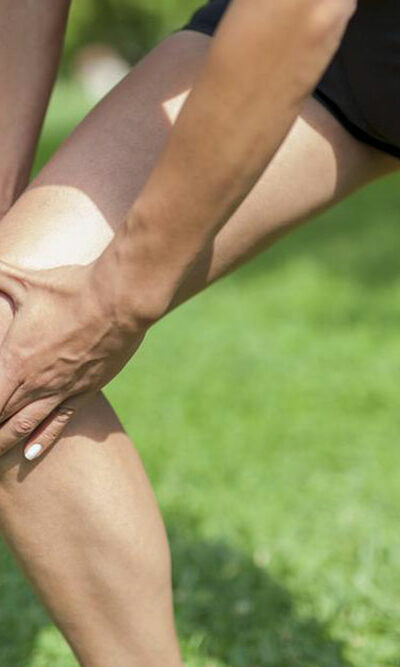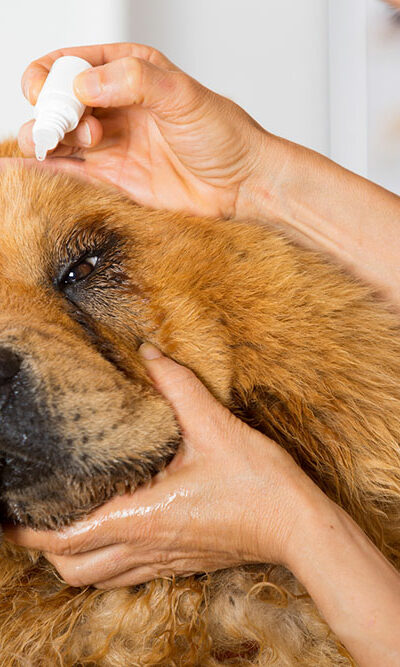
Symptoms and Treatment Options of Meniscus Tear
The joints in the human body play a very important role in holding the structure and posture of the entire body. When it comes to the joints of the body, the joints in the legs are the most crucial ones as they help us in standing on our own feet, for real. Over the years, due to wear and tear, the joints and the other various parts of the body do not function like they used to. Hence, the joints in the legs tend to cause a lot of pain and discomfort to the affected person. Excessive physical activity and injury to the joints can cause this often. Also, one of the biggest problems you might face is a meniscus tear. What is meniscus tear? The meniscus is a piece of cartilage that holds and binds all the bones forming a joint in the knee. So, for all the joints in the legs to connect, the meniscus is the only way. It is very important to prevent any injury or stress in this region. But even after considerable care, the meniscus tends to tear during physical activities like sports, intense exercising, and prolonged kneeling. This can be prevented by a brace for a meniscus tear. There is hardly anything that can be done to prevent meniscus tear, but knowing the exact causes might help in the meniscus tear treatment. Causes of a meniscus tear Playing sports like cricket, tennis, football and so on can lead to a meniscus tear. Sometimes, even while exercising, a person’s meniscus can get affected. Weight lifting, squatting and twisting leads to the tear sometimes. However, care and early treatment can help. In order to be sure of a meniscus tear, you will need to know the various symptoms of it. Symptoms of a meniscus tear Unbearable pain when moving the joint area of the leg The affected person will not be able to move the leg even slightly in case of a meniscus tear.










